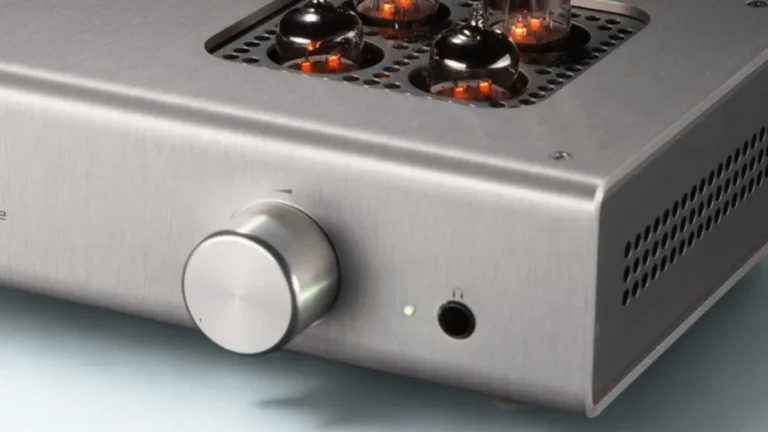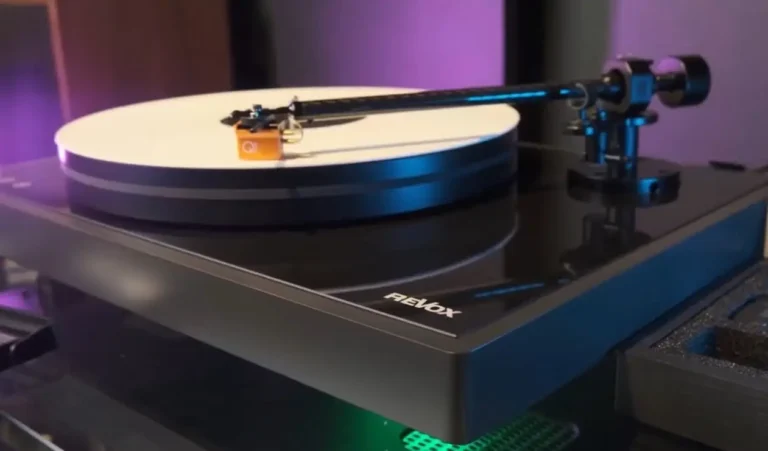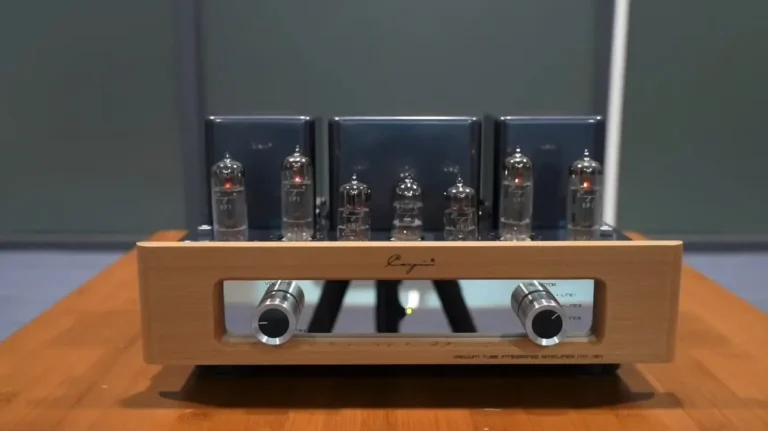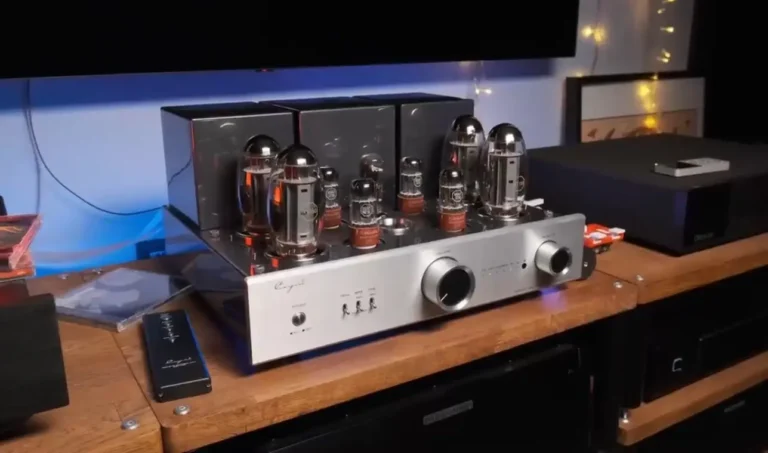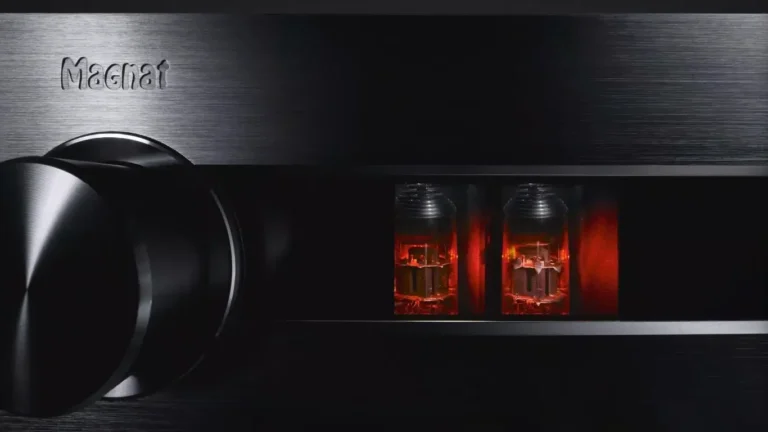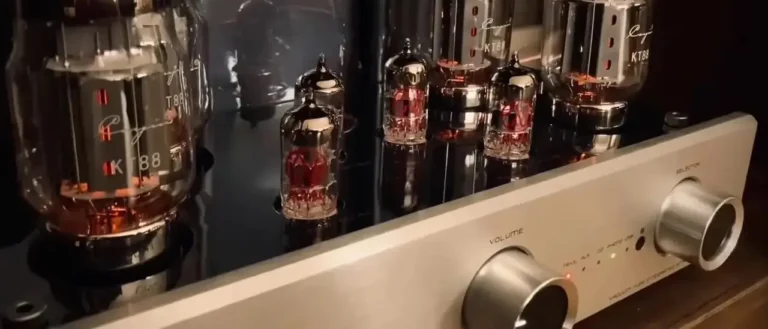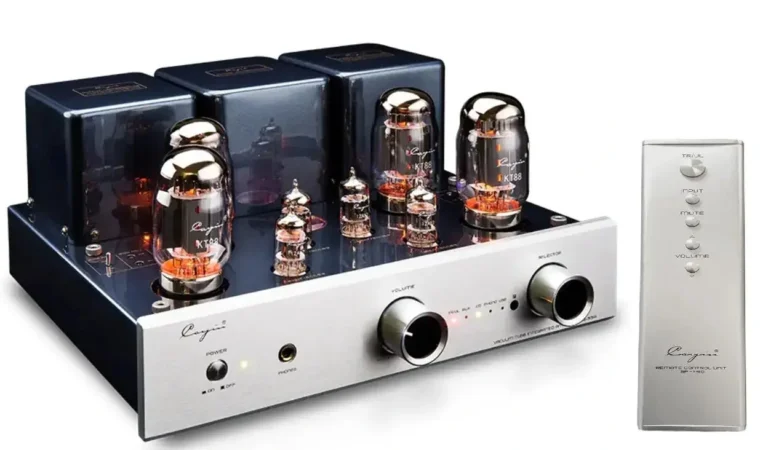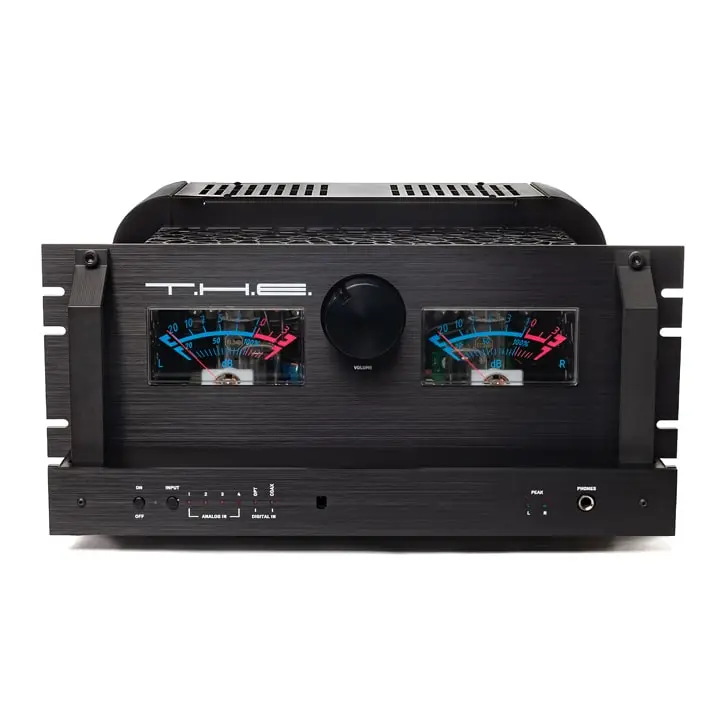Schiit Valhalla 2 Review: The Tube Headphone Amp That Keeps It Real
Schiit Audio is one of the coolest audio companies of the last ten years. It was started in California by two guys, Jason Stoddard and Mike Moffat, who wanted to make great-sounding gear that people could actually afford. Their stuff is known for being way better than its price suggests, and the Schiit Valhalla 2…

